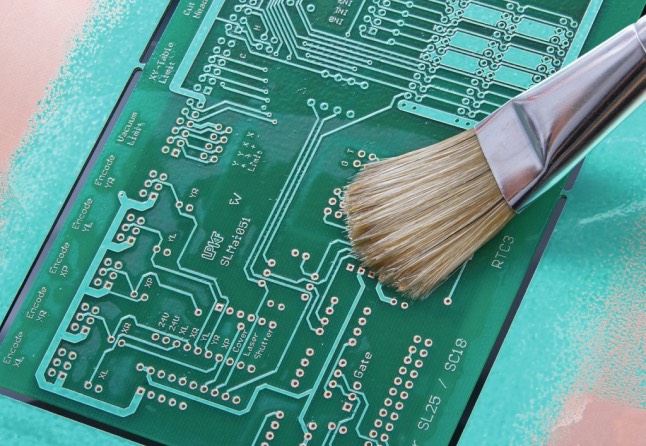
When it comes to applying conformal coating to electronic components and circuit boards, manufacturers have several methods at their disposal. Among the most common are the spray, dip, and brush methods, each with its own set of advantages and considerations.
The spray method involves using specialized equipment to evenly coat the surface of the electronic components with conformal coating material. This method offers excellent coverage and is ideal for complex geometries and intricate assemblies. However, it requires precise control of spraying parameters such as pressure, flow rate, and nozzle distance to ensure uniform coating thickness.
On the other hand, the dip method entails immersing the electronic components into a bath of conformal coating material. This method provides complete coverage and is particularly suitable for high-volume production. However, it may not be suitable for components with sensitive areas or those that cannot tolerate prolonged exposure to the coating material.
Lastly, the brush method involves manually applying conformal coating material to the surface of the electronic components using a brush or applicator. This method offers flexibility and control, making it suitable for selective coating or touch-up applications. However, it may be time-consuming and labor-intensive compared to automated methods.
Each method has its own set of advantages and considerations, and the choice depends on factors such as the type of components being coated, production volume, and desired level of precision. Manufacturers must carefully evaluate their requirements and select the most appropriate method for their specific application.
In conclusion, the spray, dip, and brush methods are three common techniques for applying conformal coating to electronic components. Each method offers unique advantages and considerations, and the choice depends on factors such as production requirements, component complexity, and desired coating thickness. By understanding the differences between these methods, manufacturers can make informed decisions and achieve optimal results in their conformal coating applications.